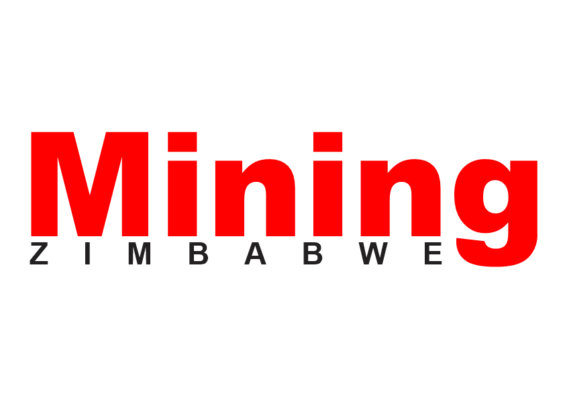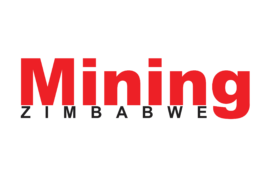As Zimbabwe’s mining sector faces an increasingly challenging landscape, rising operational costs, power outages, and high taxes continue to constrain its potential, Mining Zimbabwe reports.
By Rudairo Mapuranga
Speaking at a recent Pre-Budget Capacity Building Workshop for the Parliamentary Portfolio Committee on Mines and Mining Development, held at the Bulawayo Rainbow Hotel, Chamber of Mines President Thomas Gono highlighted the sector’s urgent need for solutions.
“Our industry is bearing the brunt of operational difficulties, from high electricity tariffs to extensive power outages, which are impacting productivity,” Gono said.
The workshop, designed to provide insights ahead of the 2025 National Budget Consultation, included an overview of mining performance, a detailed review of the mining fiscal framework, and proposals from the Chamber of Mines for the upcoming budget.
The program covered a range of critical issues, including mineral export performance and policy recommendations to mitigate operational burdens and enhance the mining industry’s economic contributions.
According to Gono, despite the sector’s potential, Zimbabwe’s miners are weighed down by systemic challenges. He expressed the Chamber’s commitment to working with the committee to establish effective solutions.
“Our collaboration here is essential for the development of proactive policies that will enable the mining industry to reach its full potential,” he said.
Despite its importance, the mining industry operates under strenuous conditions, facing significant power shortages and inflated infrastructure costs, particularly for electricity, fuel, and financing. Reflecting on the sector’s first-half performance in 2024, Gono reported declines in output across major minerals, with lithium and diamonds down by 9%, coal by 26%, and gold by 6%. Mineral exports also fell to $2.6 billion from $2.7 billion last year.
Although improvements in the commodity market are anticipated by late 2025, with many companies planning to scale up production, Gono noted that immediate intervention is necessary to address the current challenges. If favorable conditions prevail, mineral exports could reach $6 billion in 2025, generating an additional $1 billion in revenue.
Among the challenges cited by Gono were foreign currency shortages, unfavorable commodity pricing, and high operational costs.
“The difference between the official exchange rate and the black-market rate continues to affect the real value of our exports.” He explained that while miners liquidate proceeds at the official rate, local suppliers often charge at market rates, resulting in significant revenue loss for the industry.
The Chamber has been actively engaging with the government to align currency policies to meet industry needs, especially in light of the high demand for goods and services within the sector.
Gono called for fairer foreign currency allocations, emphasizing the importance of addressing this shortfall to maintain mining productivity and profitability.
High Taxation and Royalties
The industry’s financial burden is compounded by high tax rates, particularly on platinum and diamonds. Gono pointed out the industry’s concern over a retrospective special capital gains tax, which has hindered exploration projects.
“The tax framework needs to be equitable and aligned with best practices if we are to attract investment and foster growth in the mining sector,” he stated.
Power Supply Constraints
Power shortages, exacerbated by reduced hydroelectric generation, have worsened in recent months. Gono highlighted the severe impact on operations, with some mining companies facing outages of up to 14 hours daily. He assured the workshop attendees that the Chamber of Mines is actively working with the government to explore alternative energy solutions.
“Our members need a stable power supply to maintain and increase production. We must look at new energy sources and negotiate for more affordable tariffs,” Gono said.
Gono also highlighted funding issues within the mining sector, citing delays in project completion as companies are often required to use retained earnings for capital projects. He described the challenges in securing offshore funding as “a bottleneck to industry growth and expansion.” These funding constraints hinder the timely execution of capital-intensive projects critical to achieving national production goals.
Legislative and Policy Developments
Progressive legislation remains central to the sector’s growth, with the amendment of the Mines and Minerals Act expected to create a more competitive regulatory environment. Gono called on the government to fast-track the development of a community empowerment framework in line with the Indigenisation and Economic Empowerment Act.
“Investor confidence and increased capital inflows hinge on clear, efficient policies,” he remarked, emphasizing that legislative alignment is vital to attracting greater investment.
.png)




